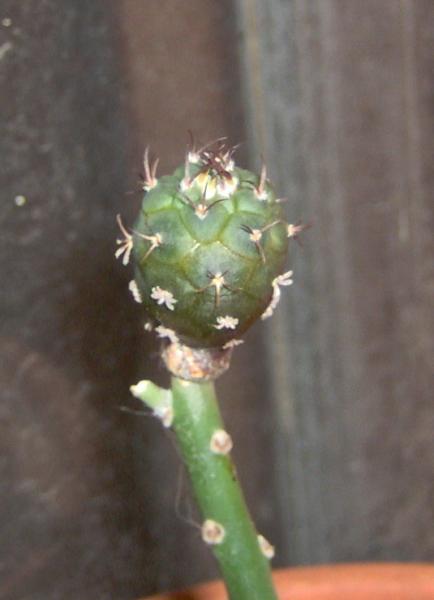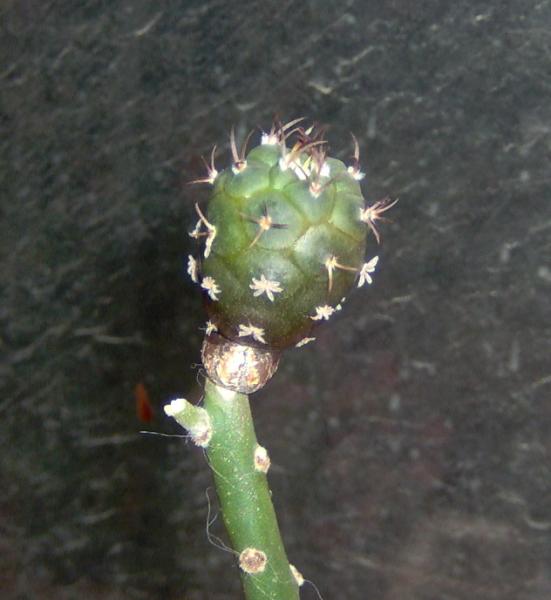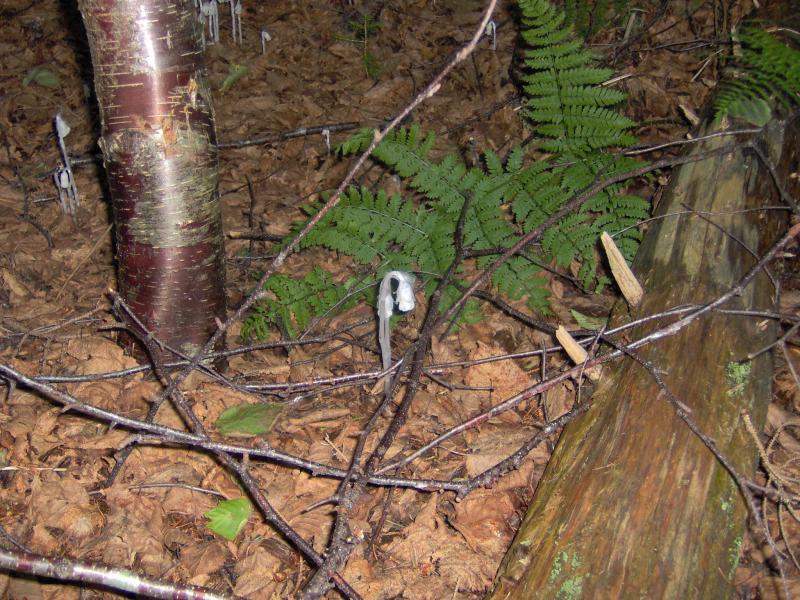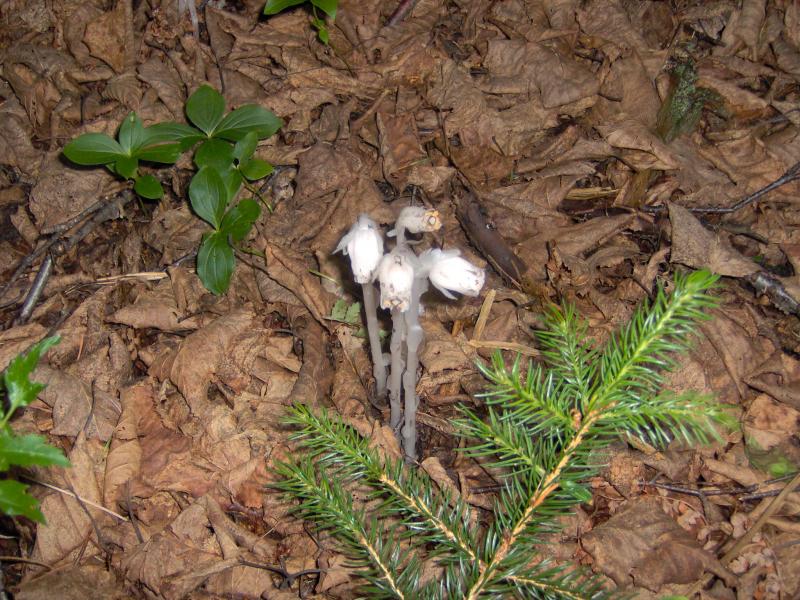-
Content count
90 -
Joined
-
Last visited
About Plant Pimp
-
Rank
Member
Contact Methods
-
Website URL
http://
-
ICQ
0
Profile Information
-
Interests
Music/Vinting/Botany
Previous Fields
-
Climate or location
Canada
-
[topic=http://www.cbc.ca/health/story/2007/07/09/canada-cannabis.html?ref=rss]http://www.cbc.ca/health/story/2007/07/09/canada-cannabis.html?ref=rss[/topic] Canada tokes at 4 times world average: UN "Canadians use marijuana at four times the world average, making Canada the leader of the industrialized world in cannabis consumption, a recent United Nations report found. The 2007 World Drug Report by the UN Office on Drugs and Crime says that 16.8 per cent of Canadians aged 15 to 64 smoked marijuana or used another cannabis product in 2006. The world average is 3.8 per cent. In the report, Canada ranks fifth in the world for marijuana use, behind Ghana at 21.5 per cent, Zambia, 17.7 per cent, and Papua New Guinea and Micronesia with 29 per cent each. Cannabis accounts for the bulk of global drug use, consumed by 160 million people. In 2006, about 200 million people, or five per cent of the world's population aged from 15 to 64, used drugs at least once. Of those, an estimated 25 million had drug dependencies. The report found that Canada also had a high rate of usage for cocaine, at 2.3 per cent of population, ranking it third behind Spain and England. For the other top three drugs — heroin, amphetamines and ecstasy — Canada was near or under the international average for usage. The UN report found that overall, drug usage around the world is relatively stable for the third year in a row. "Overall, we seem to have reached a point where the world drug situation has stabilized and been brought under control," said the report."
-
Thanks for the advice! I brought the little ones back inside to recover. Maybe I'll put them in a spot that only gets direct sunlight from 6:30am to 10:30 am and move it a foot a week increasing the time in the direct light. I'll try one good watering from the bottom up, if the top gets wet, than the soil must be ok. I don't really want to dig them up and chance breaking roots. I'll try the little ones out doors next summer. Would they be better off without the plastic covering of the mini greenhouse? Today was as hot as it gets here (~25C). I'm not sure which is the better trade off, low humidity, lower temps or higher humidity, higher temps? I guess they probably like dry heat, but that won't be found around here.
-
Since the weather finally started to warm up here, I moved some of my small cacti outside to get some more light. I put them in a 3 shelf mini greenhouse with an empty seed tray on the top shelf so they don't get full sun down on the second shelf. Many of them went from being plump and turgid to being soft and wrinkly. One even started to turn purple on one side. I'm especially worried about a 4 month old graft. Would the wrinkling be just form water loss? It only gets to about 20C in the afternoon and 10C at night. I'm not sure what the temp in the mini greenhouse gets up to in the day. I left the door about 1/4 open at the top so some humidity could escape. Should I worry about these and bring them back in or just start watering more often? Could the 10C nights be causing this? If anyone could relate some of their experince it would be helpful. Thanks!
-
About a year back, I bought a L. williamsii v. caespitosa from a company and it has never been out doors. Within the first week of receiving it a light tan coloured spot formed on its side. When I touched it, I realised that it was a thin membrane with a hole beneath. I think I stopped giving it water, and cleaned out the hole. It has been slowly recovering ever since, but the hole reached a certain size and stopped. Has it reached into the vascular system? Maybe clean it up and try a drier environment for awhile?
-
Andy, I was always under the impression that the ammount of roots had more to do with growth rate than height? I've never heard of a peres/peres graft...good luck if you go with it. Teo, the reason I was going to reroot was so the scion would be flush with the soil and be more asthetically pleasing while still having the benefits of being on a different root system. I had no idea that the peres would eventually go 'woody'. I've successfully rerooted Pereskiopsis cuttings before, but never a cutting from a 'globular' cactus, so I was a bit worried about killing it. Thanks for the advice! I guess I will give the traditional method a go. At least then I might have a few new pups on the original, so all won't be lost if I fail to reroot the cutting.
-
Sell it to someone!!?!?! Of course not! The illusion would just be beneficial for me because I don't really like the look of a big ball on a stick and it might flower faster. In fact, the graft I'm talking about is from seed that I got ripped off on. The ID was severely misrepresented. I sure as hell wouldn't knowingly misrepresent something to someone else! I was just wondering if it would continue to grow at a faster than normal rate if a few cm of stock were left on when it was replanted. Would the attached piece of stock reroot? Could the leftover rootstock be reused? I have a few seedlings coming up and I'd like to try to graft one. I am trying to conserve root stock. Cacti don't grow very fast in my cool climate so it's a slow process getting more rootstock, especially in winter. Maybe I will try both. Cut off the scion, let it calous and reroot it. When what was left starts to pup I could cut below the graft and then see if the peres reroots while completely under the soil. If it only has one pup I could compare the growth rates! Has anyone had success repeatedly using the same rootstock with different grafts? or is it better to cut a fresh growing tip?
-
What methods would you folks reccommend for degrafting a globular cactus from a Pereskiopsis rootstock? I was thinking of just cutting 1 or 2 cm below, replanting with the rootstock completely under the soil and hoping the peres reroots. It would give the illusion that the scion is on it's own roots. Then the remaining rootstock could be reused? Any thoughts?
-
I hadn't heard of this phenomenon until now! From what I've read on a quick search, graft-hybridization can either be one that creates a chimera or a true hybrid and is well documented in fruit trees also. From what I gather, a cell leaves the rootstock, teavels through the vascular system and gets implanted into the scion. It is kind of like when a cancer mestastasizes to a new part of the body, but I guess the specialisation of plant cells is less permanent than animal cells and it becomes a functioning part of the scion. If it ends up in gametic tissue you can get a hybrid seed. Please correct me if I'm wrong, I only read about it for 5 minutes. From what I've found, it's usually between cultivars of the same species or closely related species. Many cacti grafts are between very different genera, like a columnar rootstock with a slow growing globular scion, so it would be very easy to tell if there was hybridization. I couldn't imagine a Loph X Pereskiopsis hybrid! It is a good point to make though for people grafting similar cacti, like 2 different Trichocereus sp to preserve or quickly reproduce a rare or unique species or clone. This might give some people who are trying(unsuccessfully) to hybridize 2 species of cacti using pollen a new method I would be interested to know if any fromal studies have been done on this in cacti aswell!
-
I purchased this seed last February one ebay as Lophophora williamsii. It was a deal that was too good to be true. They were selling 1000 seeds for $30!!! The seller was from Germany and I've seen some of those german greenhouse pictures, so I thought maybe that that's what the seeds were worth to them. When they were growing, the seedlings didn't look quite the same as a few loph seeds a friend gave me a few months earlier. I grafted one and this was the result. The seller closed their account a few weeks after I bought the seed. The name was 'journeytomars' I think. Doing a google search of the name (a few months later) gave me some forum threads about him/her selling phony Salvia divinorum seeds. Any idea what this might be? Turbinocarpus? something common?
-
-
-

Monotropa uniflora aka Indian Pipe or Ghost Plant
Plant Pimp replied to Plant Pimp's topic in Ethnobotany
It is a true plant with the typical vascular system and has a single typical flower which even produces a fruit. It is often mistaken for a fungus because it is pure white. It does have a few leaflets along the stem. But it really has no use for leaves other than area for respiration. When I first saw one 3 years ago I ignorantly picked it out of curiosity, not realizing how rare they were and it melted in a few minutes and what was left turned black! Another name for it is Nort American Ice Plant. I think it's rigidity depends on water content more than any fiber in the stem. Just a guess though. -
I found a few of these while hiking in a Canadian costal park and thought you folks might find them interesting. It is a parasitic plant which strangely enough parasitizes a fungus! The fungus has a mycorrhizal relationship with the roots of a tree and this plant tricks the fungus into forming a mycorrhizal relationship with it and steals its nutrients. So why post in Ethnobotany? It is an ancient Native medicine and has been documented by Europeans as being a substitute for opium. Petersons Feild Guides - Eastern/Central Medicinal Plants says: I have a feeling this plant should be studied further. The comparison to opium might be because of the salicylic acid content, but it sounds like it has alot of other valuable properties. It would be nearly impossible to cultivate, but maybe the chemicals found could be a starting point for some synthetics. It only grows in the richest forest, so I hope it exists long enough to be properly studied. Maybe in my retirement Here is a page with a little info of its strange feeding relationships. Info Page
-
-





